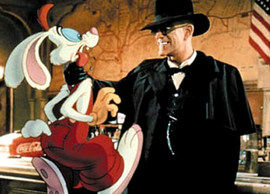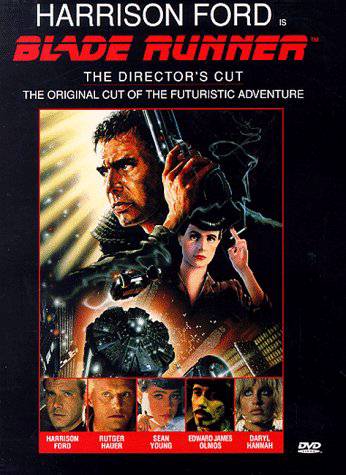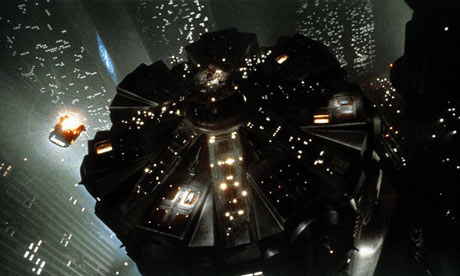For transcription I was looking to create a character from folklore. Although I looked at many different stories and creatures from around the world, I was most interested in the Orkney Trow. A creature described in many old tales from the Orkney's. Here are a couple of tales describing them.
Descriptio Insularum Orchadiarum. 1529 and 1657 by Jo Ben
"clad in seaweed, in its whole body it is like a foal, with curly hair."
Hughbo - The Brownie of Copinsay
One cold, wet and windy winter night, the farmer of Copinsay had just climbed wearily into his box-bed when he saw something in the a corner of his room.
There, sat an ugly naked creature with a wet, leathery skin that seemed to glow softly in the darkness. The visitor was somewhat smaller than a man and was certainly terribly ugly with a flat, bald head and wet, slimy seaweed as a beard.
Although the sight of this unwanted intruder alarmed the poor farmer, he was a man with a hasty temper and, fortunately, a quick wit.
From his talks with the old folk on the Mainland, he remembered that only cold steel and the Word Of God could be depended upon against creatures of sorcery. So, seizing a razor from a shelf in his bed, he pulled a dog-eared Psalm book from under his pillow.
Springing from his bed, he landed softly onto the cold flagstones, ready to do battle with the repulsive intruder.
But despite the fact that he sained himself with the Psalm book, and then drew a circle in the air with the blade of his razor, the visitor remained in the corner gibbering at him.
Exasperated, the farmer snatched the fire tongs and poker from the hearth and sent them hurtling towards the squatting creature. But the intruder was swift and avoided them with ease.
His temper finally broken, the farmer lifted the heavy crook from its chain above the fire and, with a roar, tried to get closer to his adversary. The crook, however, was made of soft iron from the smithy, not of steel, so the creature plucked it quickly from the farmer's trembling hand and threw it across the room. Now, even more angered, the farmer lashed out and managed to hit the intruder twice before it darted through the doorway with a squeal.
To get his breath, and gather his wits, the farmer sat down on a straw creepie (stool) and slowly his temper began to cool. He reflected that, while he had done his best to disable the intruder, it had actually made no attempt to injure him. With this in mind, when it re-entered the room, grinning and making friendly gestures, the farmer remained seated and tried to understand what it was saying.
The brownie - for so he was afterwards known - said that his name was "Hughbo". He explained to the farmer that he had always lived in the sea but was now sick of gnawing the bones of drowned men. It was his dearest wish that he remained on the land. In order to fulfil this, he was willing to work well for his lodging.
The farmer grudgingly agreed and they decided that each night Hughbo would use the quern to grind sufficient meal for the farmer's breakfast porridge the next morning. All the creature asked in return was a saucer of milk to sup with his own handful of burstin (parched barley).
The farmer was a busy man and at heart a hospitable one. This arrangement pleased him well. He quickly got over his disgust at the brownie's appearance and the bargain was made.
The farmer went back to bed while in the background, the low, gritty, scraping of the quern went on, and on, throughout the night.
By the time the feeble winter sun crept timidly over the horizon, there was a bowl of clean, well-ground oatmeal waiting for the farmer as he climbed from beneath the covers.
True to his word, Hughbo became a valued servant.
Sometimes the farmer would talk with him, but more often lay silent in the darkness of his bed and watched as the clumsy, glowing figure industriously turning the millstone.
Just as the millstone turned, the wheel of life turned ever onwards and Hughbo seemed content with his lot.
Now, it happened that the farmer had a sweetheart.
This girl lived on the Orkney Mainland and the two were pledged to be married.
But it had recently occurred to the farmer that it would be most unwise to bring the girl back to Copinsay until she had become accustomed to Hughbo. So he told his sweetheart about the strange servant, making sure she understood the creature's faithfulness and good nature.
Then, to make even more sure of her acceptance, he took her to the island on several occasions so she might meet the creature.
The girl was a sensible sort and, like many, knew well that there were many things in Orkney that mortal men knew little about. Therefore, she did not object to sharing her new home with the brownie. So, in due course a marriage was celebrated and the bride moved out to Copinsay.
As should be the case, there were better things for bride and groom to do than pay overmuch attention to Hughbo, but the girl's love for her husband flowed over to include the naked figure who spent the hours of darkness grinding meal.
At nights, while snuggled up in her warm bed, the girl imagined that poor Hughbo must be shivering in the cold of an Orkney night and this pained her kindly heart.
In addition to this, of course, she was ever so slightly embarrassed by the extent of Hughbo's nakedness, of which the creature was entirely unashamed.
Without telling her beloved husband, or the brownie, the girl obtained a length of good, warm cloth from Kirkwall. From it, she fashioned a warm cloak with an ample hood to cover Hughbo's bald crown.
Then, one windy, moonless night, she placed the completed garment on the quern, pleased with herself for the good act she had performed.
It was usual for Hughbo to come in quietly to carry out his task, but on this fateful night he had no sooner entered the room than he began a dismal howling.
Round and round the quern he ran, sobbing his heart out and repeating; "Hughbo's gotten cloak an' hood, so Hughbo can do no more good!"
And with that he flew out into the darkness of Orkney night and was never seen again.

















































